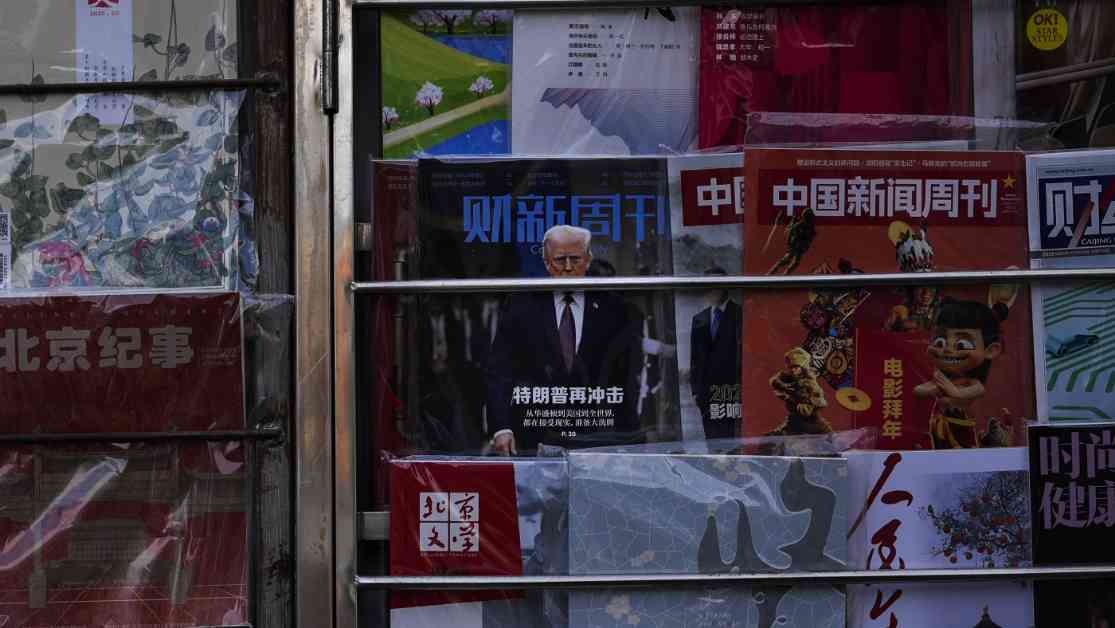As tensions between the United States and China continue to escalate, the trade war is taking a toll on both nations. The retaliatory Chinese tariffs set to take effect on Monday mark the latest chapter in a saga filled with uncertainty and economic repercussions. In response to the Trump administration’s decision to impose a 10% duty on Chinese imports, Beijing announced tariffs ranging from 10% to 15% on a variety of U.S. products, including crude oil, liquefied natural gas, and farm machinery. The move signals China’s commitment to defend its interests and sends a clear message to Washington.
China’s Retaliatory Tariffs and Antitrust Measures
Chinese Foreign Ministry spokesman Guo Jiakun emphasized the negative impact of a trade war, stating that it harms both nations. The need for dialogue and mutual respect was underscored as an alternative to unilateral tariffs. In addition to imposing retaliatory tariffs, China launched an antitrust investigation into Google and blacklisted two U.S. companies as “unreliable entities.” Furthermore, export controls on rare metals, essential for technology supply chains, were tightened. Harry Murphy Cruise, an expert in China economics, characterized these actions as a warning to the U.S., signaling that China could make things difficult if tensions worsen.
China’s strategic approach to tariffs has been measured, with a lower effective tariff rate on American imports compared to U.S. tariffs on Chinese goods. This calculated move aims to convey restraint while maintaining leverage in negotiations. Despite the significant gap in the value of tariffs imposed by both sides, China’s dominance in the rare earth industry affords it a strategic advantage.
Uncertainty Looms Amidst Trade Friction
As the trade dispute unfolds, the prospect of a meeting between President Xi Jinping and President Donald Trump hangs in the balance. The outcome of these discussions remains uncertain, with potential implications for the global economy. The ongoing trade friction exacerbates economic challenges faced by China, including a sluggish economy, real estate crisis, and mounting debt. In the U.S., the threat of inflation looms large, prompting caution in escalating tariffs. Despite campaign promises to impose higher tariffs, President Trump’s recent announcements have stirred further uncertainty.
In this climate of economic volatility and geopolitical tension, the implications of escalating tariffs reverberate across international markets. The need for constructive dialogue and mutually beneficial trade relations remains paramount as both nations navigate the complexities of a protracted trade war. As the world watches the unfolding drama between two economic powerhouses, the stakes are high, and the path forward remains uncertain. Amidst the rhetoric and posturing, the impact on businesses, consumers, and global supply chains underscores the urgency of finding a resolution. The future of U.S.-China trade relations hangs in the balance, with far-reaching consequences for the global economy.



















